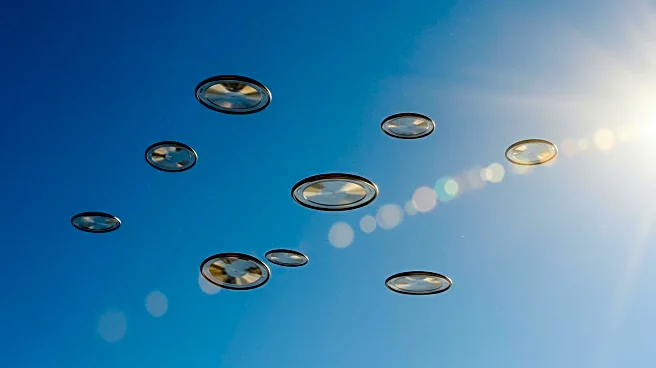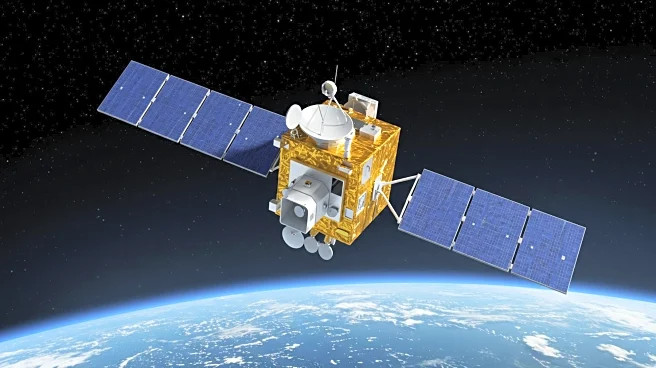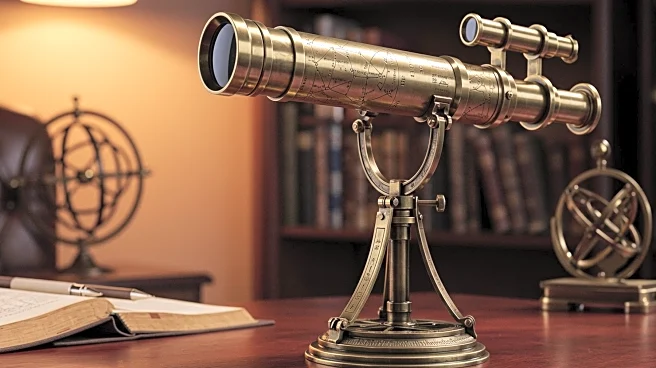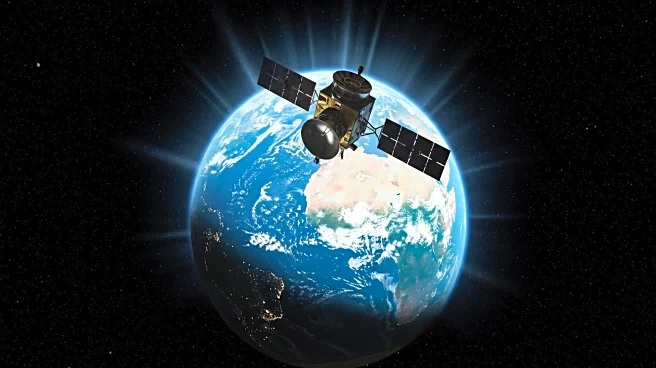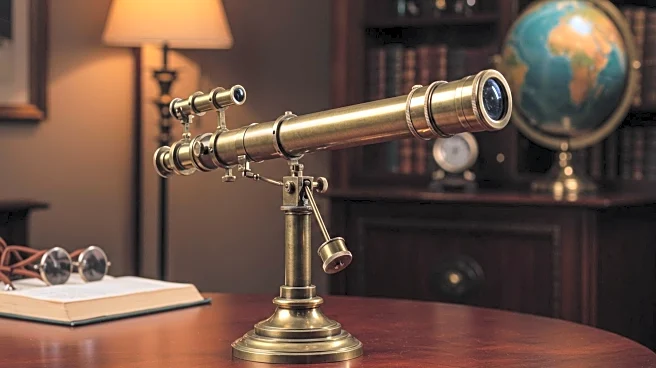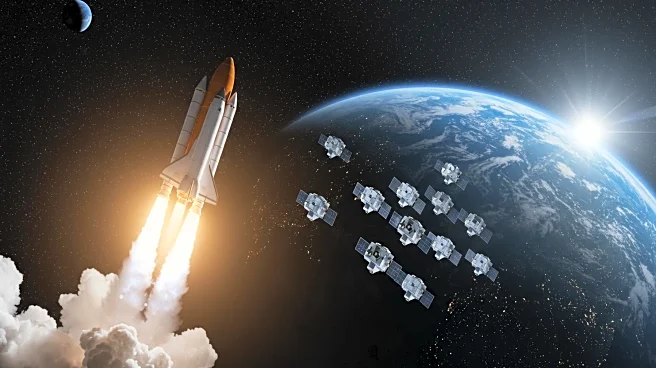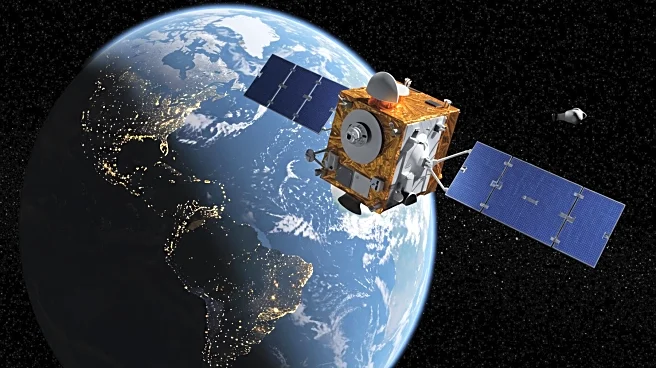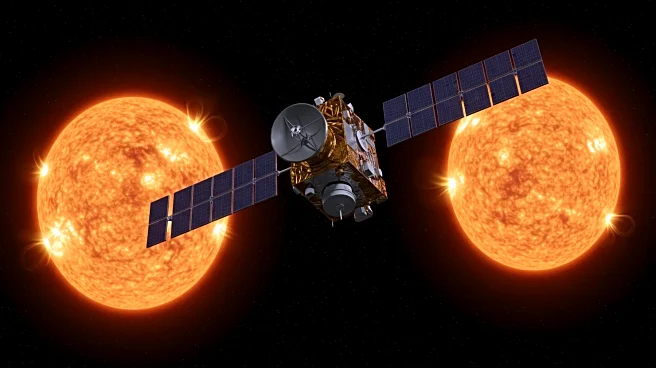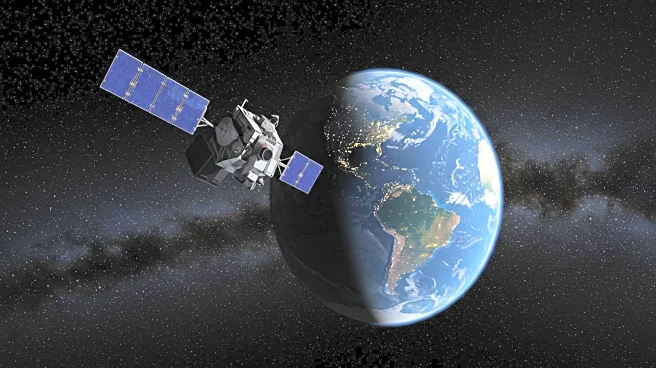What's Happening?
A team of researchers is investigating the potential of using the photophoretic effect to loft thin metal sheets into the upper atmosphere. This effect, commonly misunderstood, involves the temperature difference between the dark and light sides of a structure, rather than radiation pressure. The researchers aim to utilize this phenomenon to send probes to atmospheric regions that are inaccessible to balloons and satellites. Initial tests have been conducted closer to Earth's surface, demonstrating the feasibility of this approach.
Why It's Important?
The exploration of photophoresis for atmospheric probes could revolutionize the way scientists study high-altitude regions. These areas are currently challenging to access, limiting research and data collection. By developing a method to reach these altitudes, researchers could gain valuable insights into atmospheric dynamics, climate change, and potentially other planetary atmospheres. This advancement could benefit scientific communities and contribute to a deeper understanding of atmospheric processes.
What's Next?
Further testing and refinement of the prototypes are expected as researchers work to optimize the photophoretic effect for practical applications. The next steps may involve scaling up the technology and conducting trials in higher atmospheric layers. Collaboration with aerospace and environmental scientists could enhance the development process, leading to potential deployment in atmospheric research missions.
Beyond the Headlines
The use of photophoresis in atmospheric research could have broader implications for environmental monitoring and climate science. Understanding atmospheric dynamics at high altitudes could improve climate models and predictions, influencing policy decisions related to climate change mitigation. Additionally, this technology might inspire new approaches to studying other planetary atmospheres, expanding the scope of space exploration.


